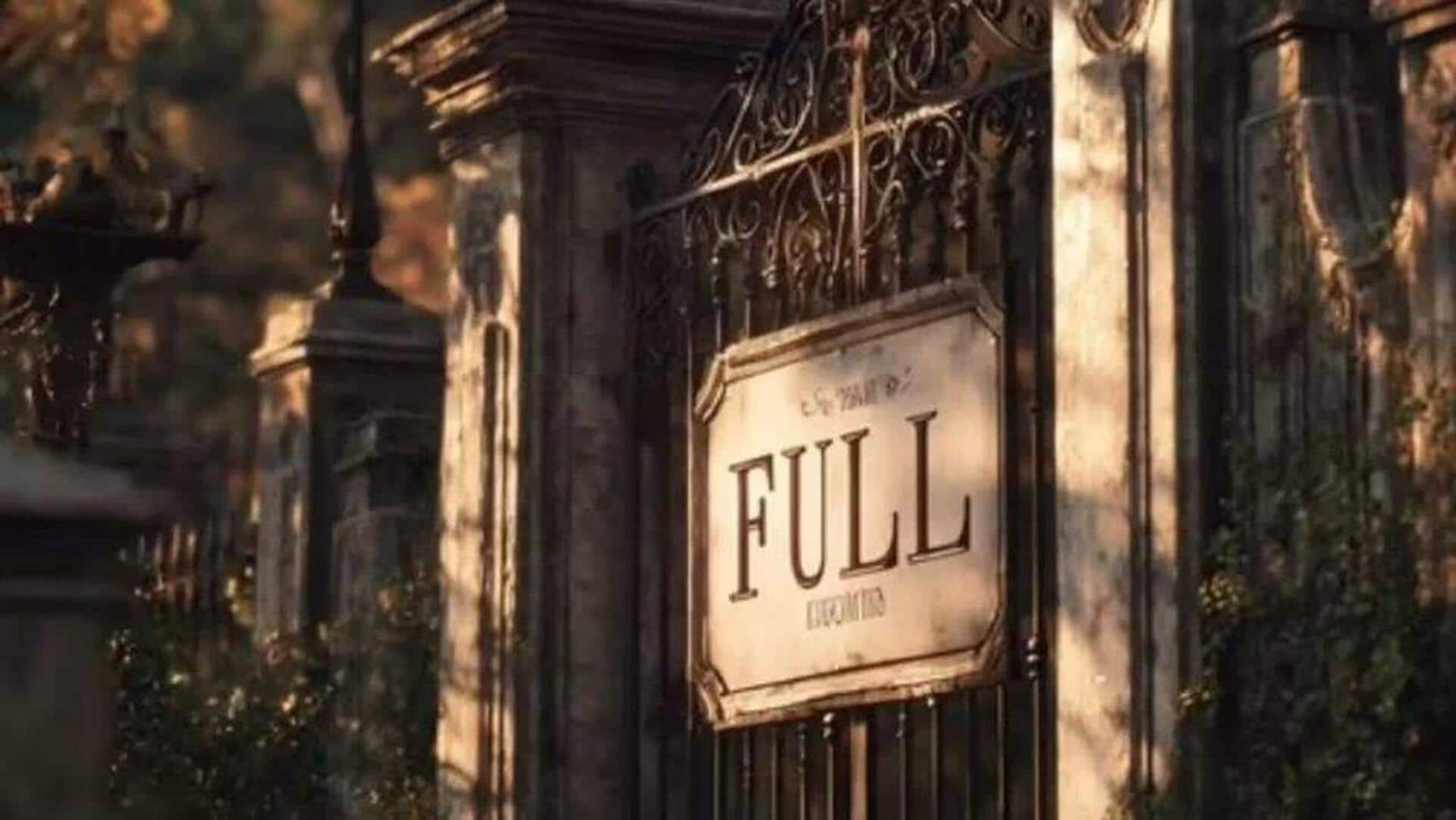
Why it is illegal to die in this Spanish town
What's the story
In the small town of Lanjaron, Granada, Spain, a peculiar law has been in effect for over two decades. The law prohibits residents from dying in the town, a tongue-in-cheek response to a real issue: an overcrowded cemetery with no land available for expansion. The unusual rule was introduced by former mayor Jose Rubio in 1999 as a symbolic gesture to highlight the urgency of the problem.
Law's resonance
What does the edict say?
The edict read, "It is hereby forbidden to die in Lanjaron." Rubio had said at the time, "I am just a mayor. Above me there is God, who is ultimately the one who runs things." The unusual approach resonated with residents who appreciated the satirical response to bureaucratic deadlock. It is unclear whether the town's cemetery was ever expanded, but Lanjarón still only has one graveyard inside its municipal limits 26 years later.
Town's charm
Health tourism hotspot
Leaving aside its unusual law, Lanjaron is a normal municipality with a population of about 4,000 people. The town is famous for its mineral-rich springs that attract visitors seeking therapeutic treatments. Its historic spa dates back to the 18th century and remains popular for health tourism. Recently, it has become popular among Gen Z travelers on TikTok as an alternative to crowded tourist spots like Barcelona and Majorca.
Cultural events
Cultural celebrations and local economy
Lanjaron is also known for its cultural celebrations, particularly the Fiesta del Agua y del Jamon (Water and Ham Festival). The event features locals and visitors engaging in a massive water fight to honor the town's aquatic heritage. The local economy is supported by its water industry, agriculture, and tourism. Lanjaron produces almonds, olives, and grapes, with wines and hams being regional specialties.
Norway's law
Longyearbyen, Norway
Interestingly, Lanjaron isn't the only place with a "no dying" decree. In Longyearbyen, Norway, a similar ban has been in place since 1950 due to scientific findings that bodies didn't decompose properly in the subarctic climate. Scientists even retrieved live samples of the 1917 influenza virus from preserved remains. To prevent potential disease outbreaks, Longyearbyen's cemetery was closed to new burials, effectively making it illegal to die there as well.